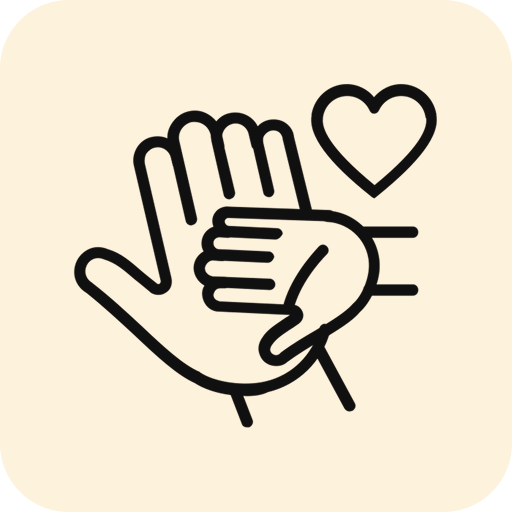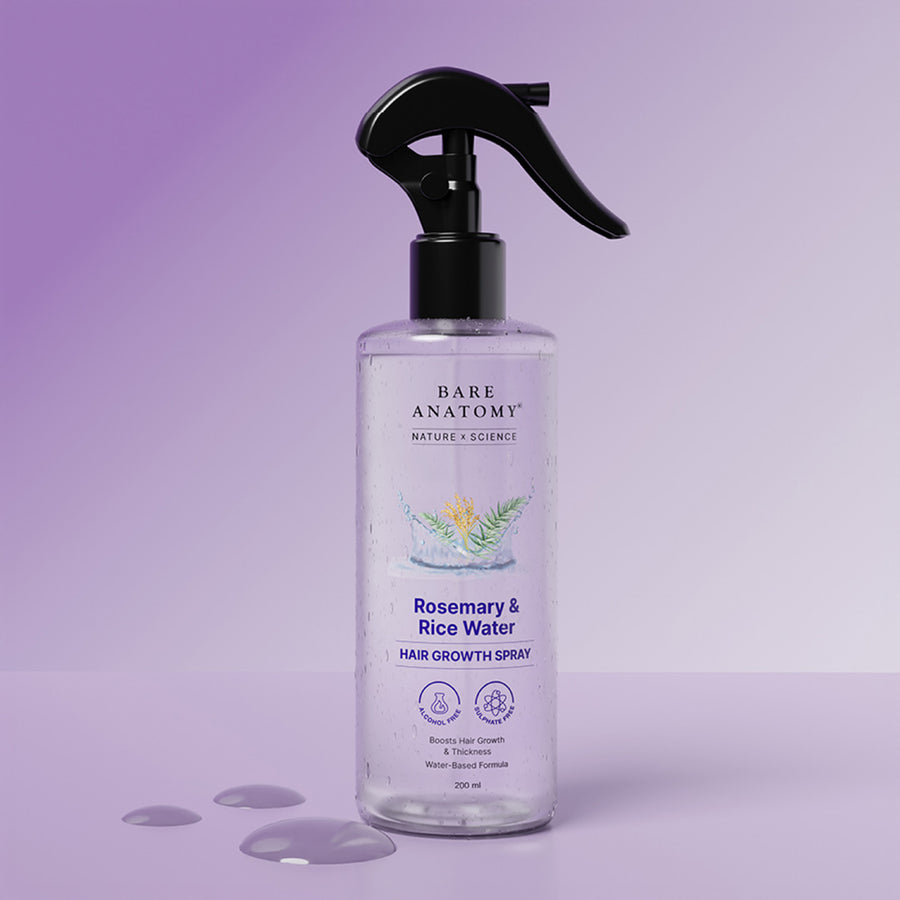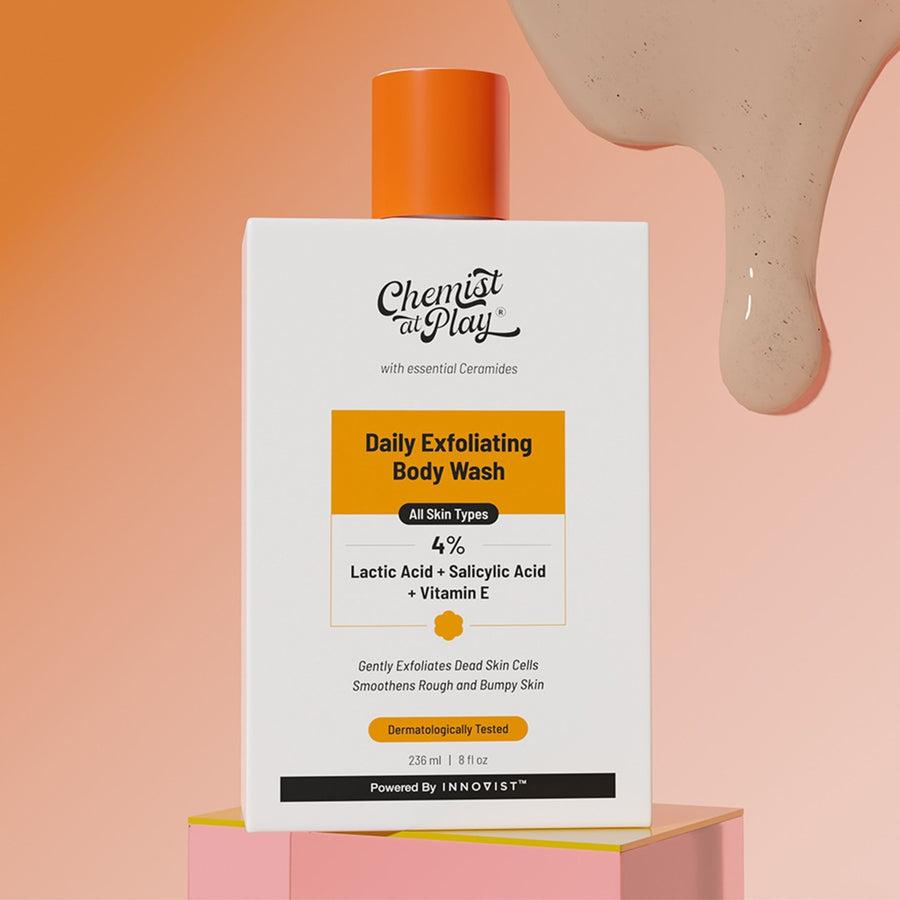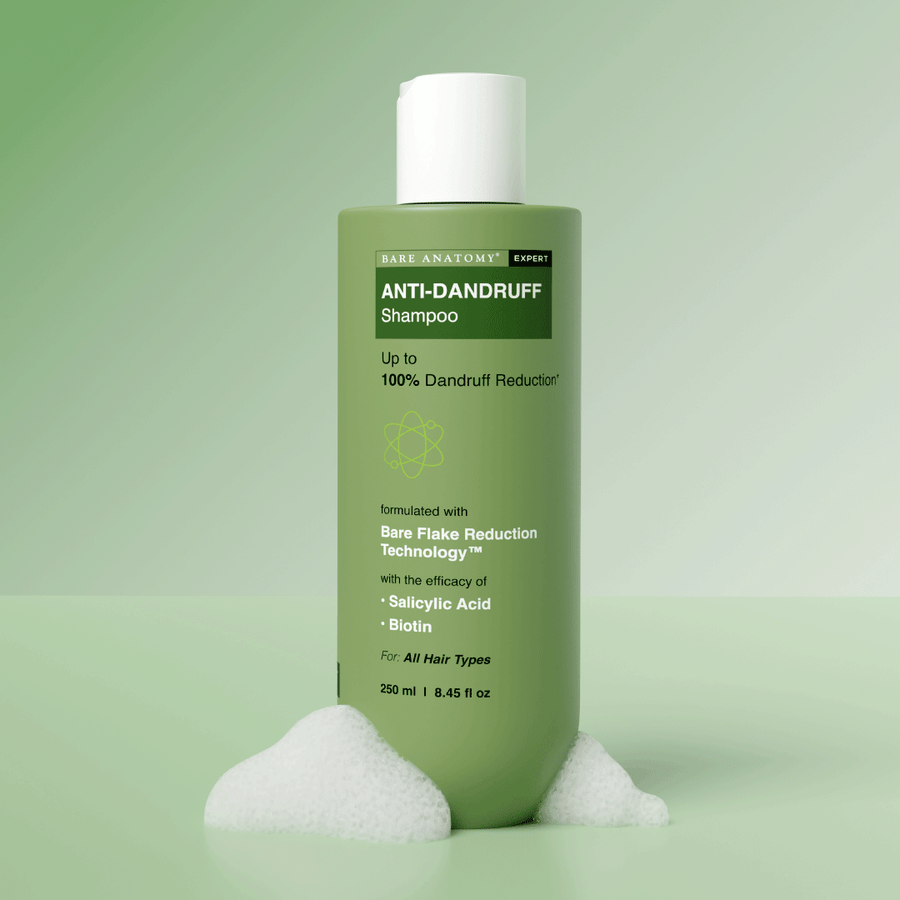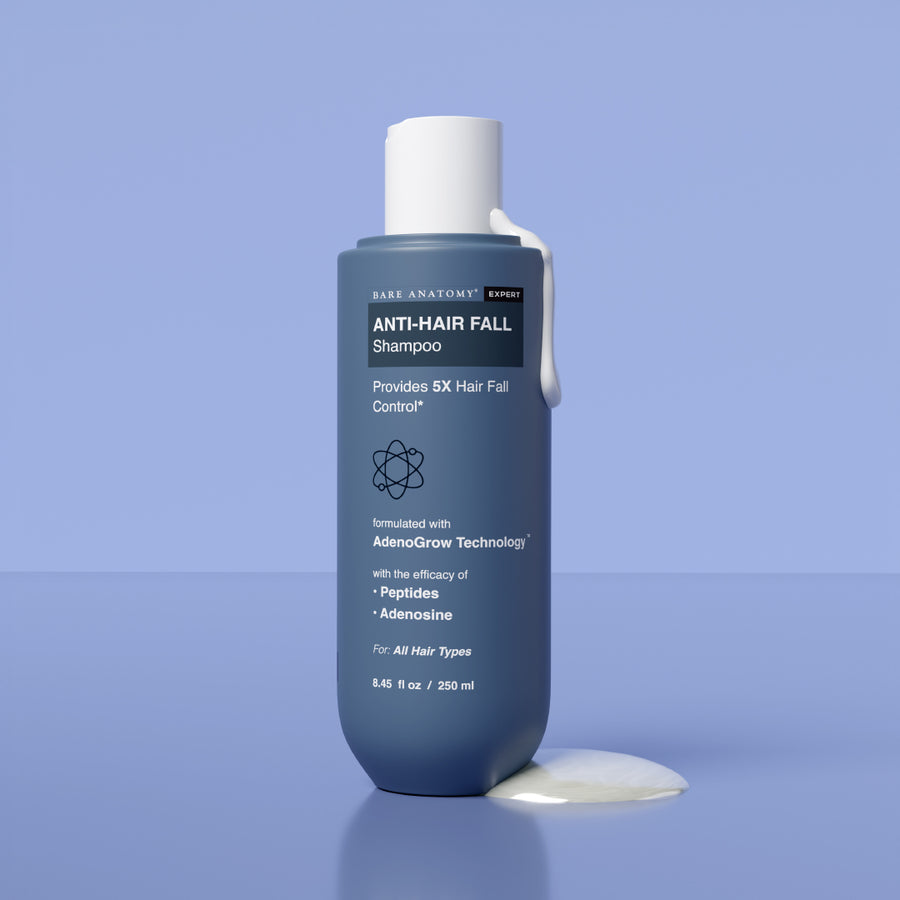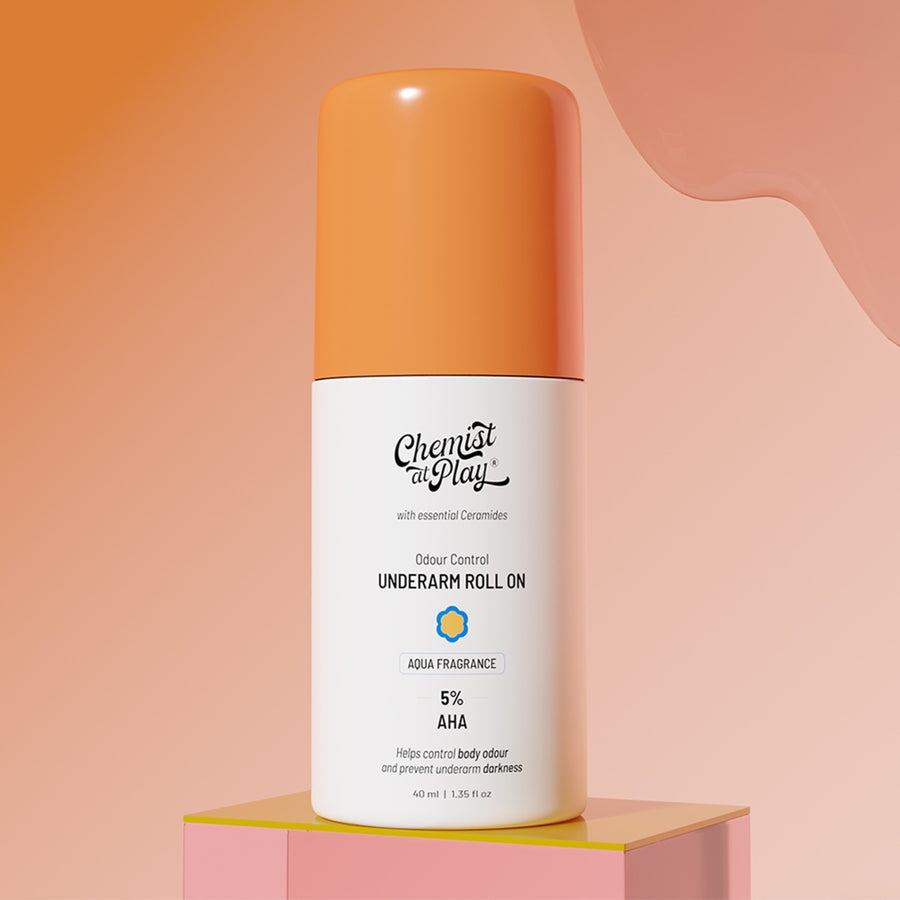
Hair Serums: Types, Benefits & How to Use for Perfect Hair
We know that a healthy hair care routine can be simplified into three easy steps: cleanse with a shampoo, nourish with a conditioner or mask, and protect with a hair serum.
While most of us remember to cleanse and condition, the final step of applying a serum is often overlooked. As a result, hair becomes vulnerable to damage from heat styling, pollution, humidity & more.
Beyond forming a protective layer on the hair shaft, hair serums benefit the natural texture, shine, and strength of your hair.
Thus, in the blog, we’ll guide you through everything you need to know about hair serums and how to use them to complete your hair care routine.
What is a Hair Serum?
A hair serum is a lightweight, water-based formula designed to enhance both the look and feel of your hair. It helps:
- Regulate moisture
- Reduce frizz and flyaways
- Add shine and softness
Depending on the formulation, hair serums can also deliver targeted benefits like heat protection, damage repair, or even scalp-focused solutions for concerns such as dandruff, hair growth, and premature greying.
Benefits of Hair Serums
1. Frizz Control
Frizz often occurs when the hair cuticle is raised, allowing excess moisture from the environment to disrupt the strand’s structure. Hair serums help by forming a protective coat that smooths the cuticle and keeps humidity from swelling the hair shaft. This keeps flyaways in check and ensures your hairstyle holds its shape throughout the day.

2. Heat & Pollution Protection
Daily exposure to styling tools and environmental factors can weaken hair over time. A good hair serum works like an invisible shield, minimizing the impact of heat from blow dryers or straighteners while also guarding against UV rays and pollution particles that strip away natural oils. This barrier reduces long-term damage and keeps your hair healthier.
3. Damage Repair
Chemically treated or frequently styled hair tends to become weak, brittle, and prone to breakage. A damage repair hair serum infused with nourishing actives like ceremides & coconut milk protein can help rebuild strength by filling in gaps along the hair shaft and improving elasticity. With regular use, it helps repair damaged strands and resist further breakage.
 4. Smoothness & Shine
4. Smoothness & Shine
Beyond protection and repair, specific hair serums can help to restore smoothness & shine to your hair in 1 use. They instantly improve the overall finish of your hair by coating the strands that reflect light, adding noticeable gloss and softness. The result is hair that looks salon styled without any extra effort.
The Different Types of Hair Serums
Hair serums can be broadly classified into two types. Some are designed for the lengths and ends to smooth, protect, and add shine, while others are formulated for the scalp to support growth, strengthen roots, or address specific concerns like premature greying.
1. Damage Repair Serum
Best suited for hair that’s dry, brittle, or chemically treated, damage repair serums help strengthen weakened strands, seal lifted cuticles, and restore lost moisture. They minimize split ends, tame frizz, and protect hair from further breakage.
2. Smoothing & Shine Serum
Ideal for those with rough or frizzy hair, smoothing serums lock in hydration and create a silky finish. They form a lightweight protective barrier that reduces dryness, enhances shine, and keeps hair manageable throughout the day. Bare Anatomy Ultra-Smoothing Serum restores hair smoothness by 37% in one use.
3. Heat Protection Serum
Frequent styling with straighteners, curlers, or blow-dryers can cause heat damage over time. Heat protection serums coat the strands with a safeguarding layer, reducing moisture loss and preventing weakening of the hair shaft while ensuring your style lasts longer.
4. Targeted Treatment Serums (Growth & Anti-Grey)
Formulated for topical scalp application, these hair serums deliver clinically backed actives directly to the roots. A good example of this is Advanced Hair Growth Serum by Bare Anatomy that nourishes follicles, improves density, and supports healthier growth powered by Redesyl, Rosemary & Rice Water.
How to Use Hair Serum: Step-by-Step Guide
For Hair Lengths & Ends

-
Wash and towel-dry your hair until it’s slightly damp, not dripping.
-
Take a pea-sized amount of serum in your palm (adjust depending on your hair length).
-
Rub between your hands and gently run fingers through the mid-lengths and ends. Avoid the roots to prevent greasiness.
-
Comb through for even distribution and follow up with air-drying or heat styling if needed.
For the Scalp
-
Part your hair in sections and use the dropper/nozzle to apply serum directly onto a clean & dry scalp.
-
Gently massage it in using small circular motions to improve absorption and blood circulation.
-
Most scalp serums are lightweight leave-in treatments that don’t need to be rinsed off immediately.
Conclusion
Hair serums complete a routine by adding the protection and care that shampoo and conditioner alone can’t provide. From tackling frizz to repairing damage or treating scalp concerns, the right serum can make your hair healthier and easier to manage.
Want to learn more? Check out our guides on how to get rid of dandruff on scalp and hair mask vs conditioner for a well-rounded routine.








